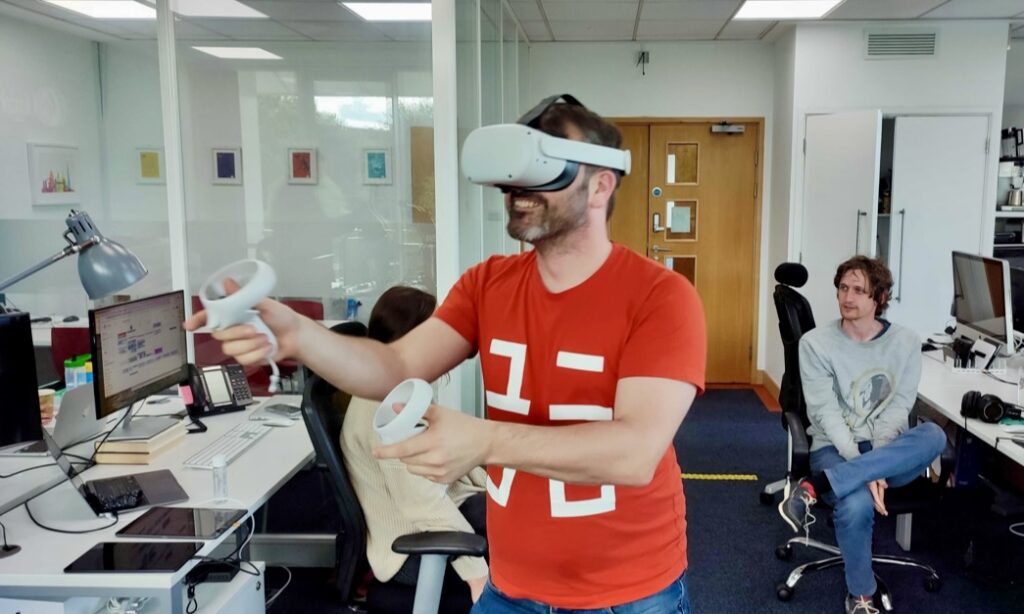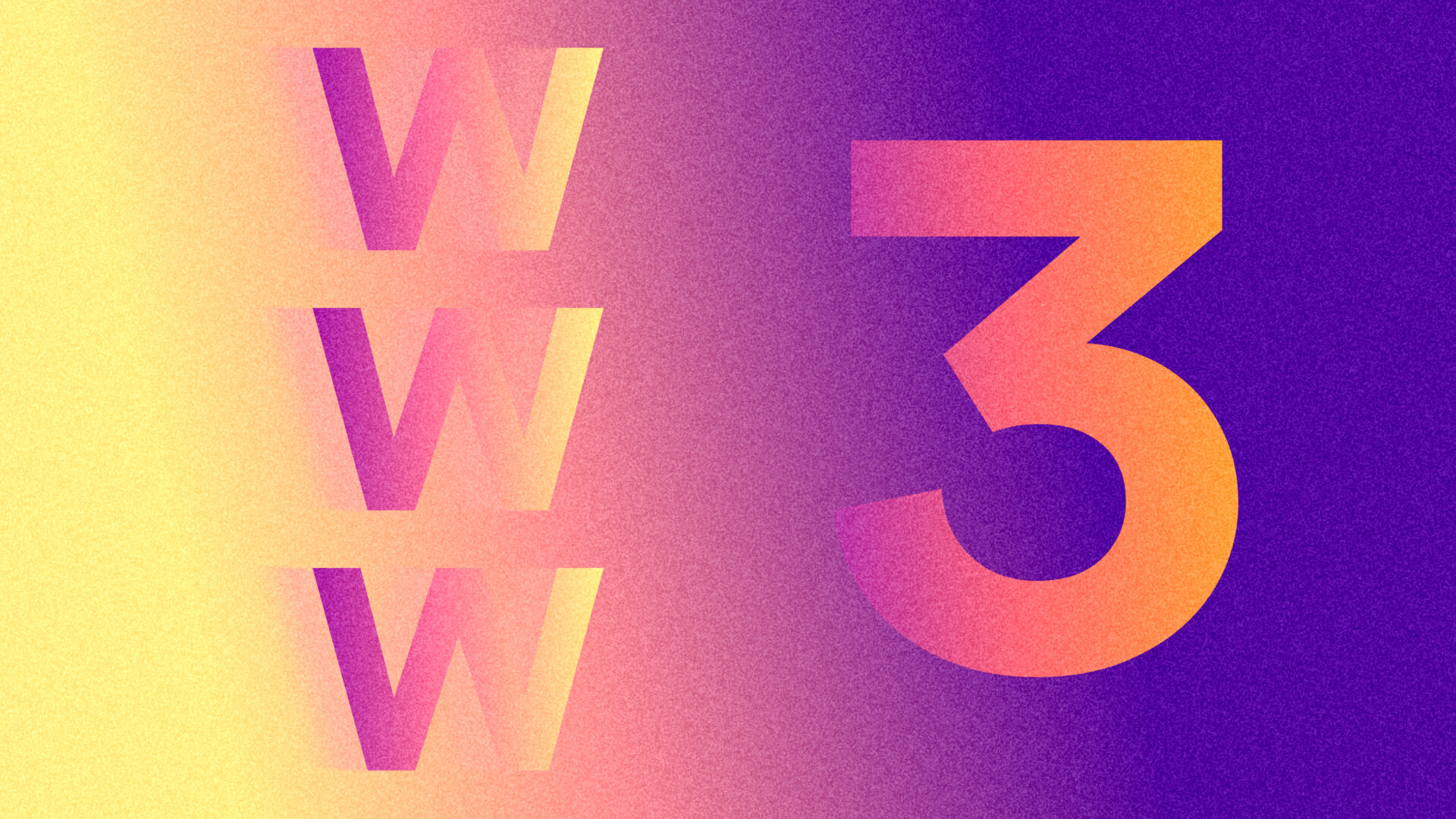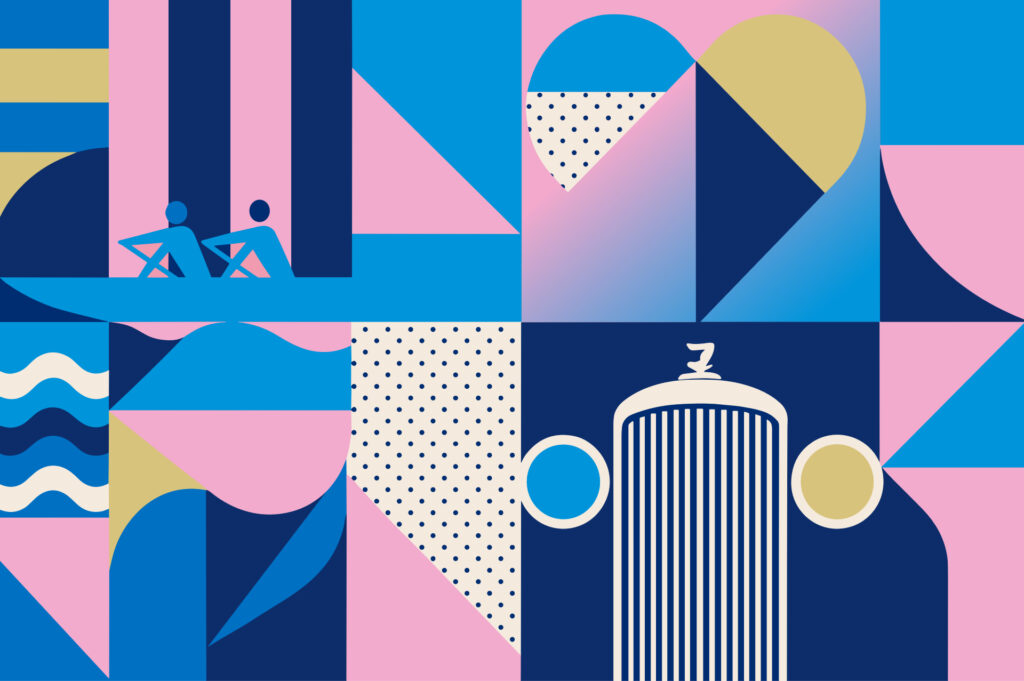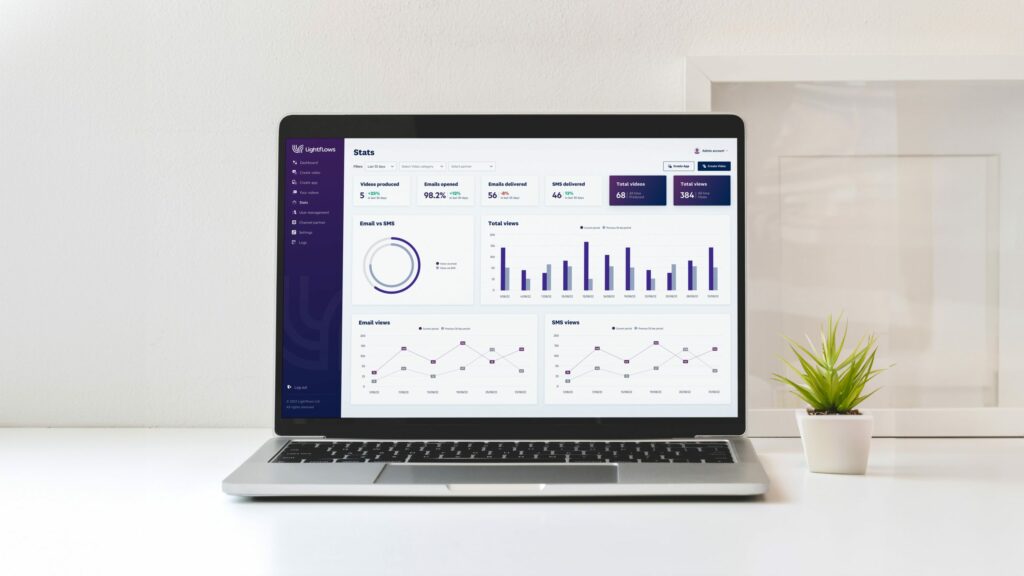Have you heard of Web 3? While it’s been a buzzword in the technology space for quite some time, there’s still no one definition. That’s because, like many emerging technologies, it’s still in a ‘visionary’ phase. But, as conversations around the future of technology – particularly in the last two years – have risen, that vision has become that bit clearer.
At Lightflows, we love keeping up with the ever-evolving technology world – especially to offer our software development partners fresh ideas. So, as we’ve continued to gather some inside scoop into what Web 3 could look like, whether by attending this year’s London Tech Week or within the software development community, we explain everything you need to know about Web 3 and how you can use it to your business’s advantage.
What is Web 3?
Web 3 definition
Currently, many definitions of Web 3 read something like “a vision of a decentralised online ecosystem built on blockchain technology”. But, what does that actually mean for us as web users?
Simply put, Web 3 – also known as Web 3.0 or Web3 – refers to the concept of the next generation of the internet. It describes what tech gurus envision the future of the web will look like, from design trends to aesthetics. Tim Berners-Lee, the inventor of the World Wide Web, refers to the term as “jargon”, further suggesting it as a concept rather than a set-in-stone definition.
We currently use a ‘centralised’ web, meaning it mainly stores data on servers owned by large companies. (Think Meta, Google and Amazon.) So, a ‘decentralised’ web refers to placing the power in our hands as web users. And, by existing on blockchain technology – a peer-to-peer network of transactions that don’t require clearing from centralised sources – it’s possible to achieve this.
What is the difference between Web 1, Web 2 and Web 3?
To help visualise what Web 3 will look like, let’s revisit the concepts of Web 1 and Web 2.
Web 1 and 2: A brief history
Web 1 is the term for the earliest phase of the web, introduced in the mid-to-late-90s. It was heavily information-centred, consisting of static webpages with plain ‘web colours’ that simply provided limited information. Therefore, our interaction options – such as comments, feedback and reviews – were also limited.
Then, around the mid-noughties, we saw the rise of Web 2: the web as we know it today. Thanks to modern platforms like Facebook and Twitter, Web 2 presents a much cleaner design than the earlier phase of the web and is much more user-centric. And, thousands of websites now encourage us to not only interact with each other but also consume content and even buy online.
Advantages of Web 2
There’s no doubt that Web 2 has helped create tons of positive experiences. For one, it has provided a platform for content creators to share anything – from their love of video games to fashion hauls – and for us to find content we enjoy. Also, thanks to e-commerce and the innovation of apps, it’s helped brands create exciting experiences – especially for businesses. Take the Luxury Restaurant Guide App, which uses location technology to ping members’ benefits whenever they’re near a rated restaurant. That’s just one example of impressive technology to come out of this era!
Disadvantages of Web 2
That’s not to say, though, that Web 2 hasn’t also had its downfalls. As the internet has continued to evolve, so has the potential for certain e-commerce businesses to exploit consumers online. Being centralised has caused many privacy concerns, which have – in turn – caused many consumers to lose trust in brands. What’s more, the question of whether e-commerce is damaging our high streets has long caused controversy. But, with its convenience and opportunities for brands to be creative digitally, it looks like it’s here to stay.
That’s another reason why the concept of Web 3 is much more decentralised. It’s predicted that we’ll see more content made by the public for the public, and it’ll be censorship-resistant.

Examples of Web 3
So, what will Web 3 involve? To name a few examples, we can expect to see more NFTs (non-fungible tokens), smart contracts and the metaverse. We’ll explain what these mean relating to Web 3, as well as some ways you can make the most of Web 3 for your customers, below.
What are NFTs?
An NFT is a unique file that lives on the Ethereum (a kind of cryptocurrency) blockchain. These files can be anything from photos and videos to audio, and the blockchain helps keep track of those holding and trading NFTs. Also, blockchain technology makes data immutable, meaning it can’t be changed or deleted.
NFTs gained popularity after digital artist Beeple sold one of his NFT-based pieces for a record $69 million in 2021. Now, as a multi-billion dollar market, it’s no wonder NFTs go hand in hand with visions of Web 3.
What are smart contracts?
A smart contract is a self-executing contract that also runs on the Ethereum blockchain. The contract’s lines of code include the terms of agreements between the buyer and seller directly, meaning they don’t require a central authority to enforce them.
However, like the technology itself, smart contracts can’t change once they’ve been created and deployed to the blockchain. A programmer can’t update it like they can a regular app because it represents a digital agreement. Needless to say, this may help combat the issue surrounding data and privacy concerns within businesses.
What is the Metaverse?
The term ‘Metaverse’ became prevalent within the tech space after Facebook rebranded to Meta, marking a technological change.
In essence, the metaverse refers to a group of emerging technologies – specifically, virtual reality and augmented reality. It’s another ‘vision’ of our future being characterised by combining our virtual and physical worlds. With video games like Fortnite (yes, it’s still popular as ever!) involving virtual reality features and devices like the Oculus offering immersive visual experiences, the metaverse is definitely on the Web 3 map.
Artificial intelligence
Under Web 3, devices like computers, tablets and smartphones will all be able to decode information in human-like ways. Apple’s Siri already achieves this with voice recognition, but tech gurus anticipate we’ll see more applications using this technology – and with even more conclusive responses.
3D graphics
As for software development, three-dimensional designs are predicted to dominate the internet to make marketing sites more engaging. We’ve already seen a boom in Lottie animations and isometric designs on more business platforms like Stripe, Maze and Clearbit. But, 3D graphics – like virtual and augmented reality – help make the browsing experience more immersive, providing an excellent opportunity for your business to stand out from your competition.
When will Web 3 come out?
As many of its definitions say, Web 3 is still just a vision. However, while the concept has been around for years, it’s generated much more buzz lately. With hybrid working approaches, industries like cryptocurrency and user-generated content-heavy platforms like TikTok continuing to rise over the last couple of years, it’s no wonder Web 3 is now more plausible than ever.
Summary
Now that we’re seeing more of what Web 3 might entail, the chance of it coming to fruition looks more promising. Sure, it may take a few more years for all its features like NFTs, smart contracts and the metaverse to come into play, but technology moves fast – so watch this space!
Table of contents



